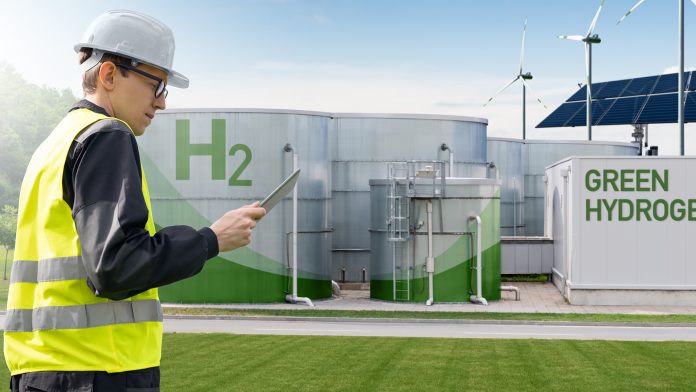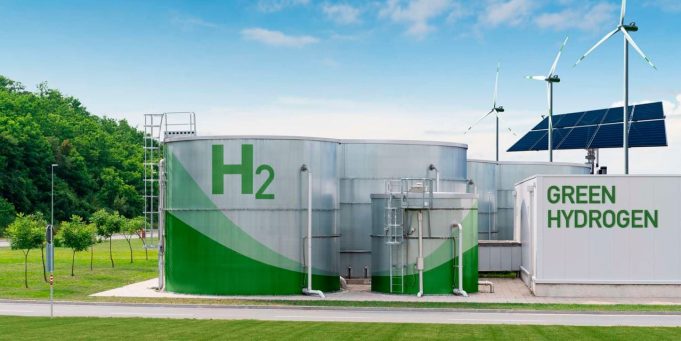Kenya is rapidly transforming its energy landscape with an ambitious goal to achieve 100% clean energy by 2030. The government’s commitment to renewable energy sources is driving major innovations, with green hydrogen emerging as a promising pillar of the country’s sustainable development agenda. This initiative aims to reduce carbon emissions, boost economic growth, and ensure energy security while aligning with Kenya’s broader vision for a low-carbon future.
The recent launch of Kenya’s green hydrogen strategy and roadmap signals a new era in energy production. Harnessing the nation’s abundant solar, wind, and geothermal resources, this plan emphasizes large-scale green hydrogen production without compromising the current electricity supply. This strategic focus is set to attract investments, create jobs, and enhance the power generation infrastructure across Kenya.
Harnessing Kenya’s Renewable Energy for Green Hydrogen Production
Abundance of Renewable Resources
Kenya benefits from an exceptional mix of renewable energy resources, including solar radiation, wind corridors, and geothermal activity, making it ideal for sustainable hydrogen production. These resources provide clean electricity needed to power electrolyzers that split water molecules into hydrogen and oxygen without emitting greenhouse gases. The availability of vast renewable potential allows Kenya to scale up green hydrogen production sustainably and economically.
Impact on Energy Infrastructure and Services
Developing a green hydrogen industry encourages expansion and modernization of Kenya’s power generation and transmission systems. Investments in infrastructure will not only support hydrogen production but also improve the quality and reliability of electricity services for households and businesses. The integration of hydrogen into the energy mix strengthens the grid and enhances resilience against power fluctuations.

Environmental and Economic Benefits of Green Hydrogen in Kenya
Clean Energy with Zero Emissions
Green hydrogen production uses renewable energy and water, releasing only water vapor as a by-product. This process eliminates harmful emissions associated with fossil fuels, contributing to cleaner air and helping Kenya meet its climate commitments. Adoption of green hydrogen reduces pollution and mitigates the impact of climate change on vulnerable communities.
Boosting Energy Security and Economic Growth
Locally produced hydrogen reduces Kenya’s dependence on expensive imported fossil fuels, stabilizing energy prices and increasing national energy independence. Green hydrogen supports Kenya’s Vision 2030 by creating new green industries and fostering innovation. The emerging sector generates employment opportunities in production, transportation, and distribution, especially for the youth, contributing to inclusive economic growth.
Overcoming Challenges in Building Kenya’s Green Hydrogen Sector
Infrastructure Investment and Technological Development
Establishing a green hydrogen industry demands substantial upfront investment in key infrastructure components such as electrolyzers, storage facilities, and pipelines. Kenya needs to prioritize funding and partnerships that accelerate technology adoption while ensuring affordability. Research and development efforts play a critical role in finding cost-effective production techniques suitable for local conditions.
Education, Awareness, and Stakeholder Collaboration
Bridging knowledge gaps through public education campaigns and industry training will empower communities to participate actively in the green hydrogen transition. Strong collaboration between government, private sector, and academia creates an ecosystem that supports innovation and sustainable growth. Engaging all stakeholders ensures that green hydrogen benefits reach every corner of Kenya’s society.

Frequently Asked Questions
What is green hydrogen, and why is it important for Kenya?
Green hydrogen is hydrogen produced using renewable energy sources, emitting no greenhouse gases. It’s vital for Kenya to reduce carbon emissions and diversify its clean energy portfolio.
How does Kenya’s renewable energy support green hydrogen production?
Kenya’s abundant solar, wind, and geothermal energy provide clean electricity needed for electrolyzers that produce green hydrogen from water.
What economic benefits can green hydrogen bring to Kenya?
Green hydrogen creates jobs in production and infrastructure, fosters new industries, and supports energy price stability by reducing fossil fuel imports.
What are the main challenges in developing green hydrogen in Kenya?
High initial investment, the need for advanced technology, and public awareness are key challenges that require strong government and private sector collaboration.
How will green hydrogen improve Kenya’s energy security?
By producing hydrogen locally from renewables, Kenya reduces dependence on imported fuels, stabilizes energy costs, and strengthens its energy independence.
Conclusion
Kenya’s green hydrogen strategy unlocks vast renewable potential to advance a clean, sustainable, and economically inclusive energy future. By investing in technology, infrastructure, and public engagement, Kenya is poised to lead a transformative energy transition that aligns with its Vision 2030. Green hydrogen offers a path to energy security, environmental stewardship, and broad socio-economic benefits for generations ahead.






